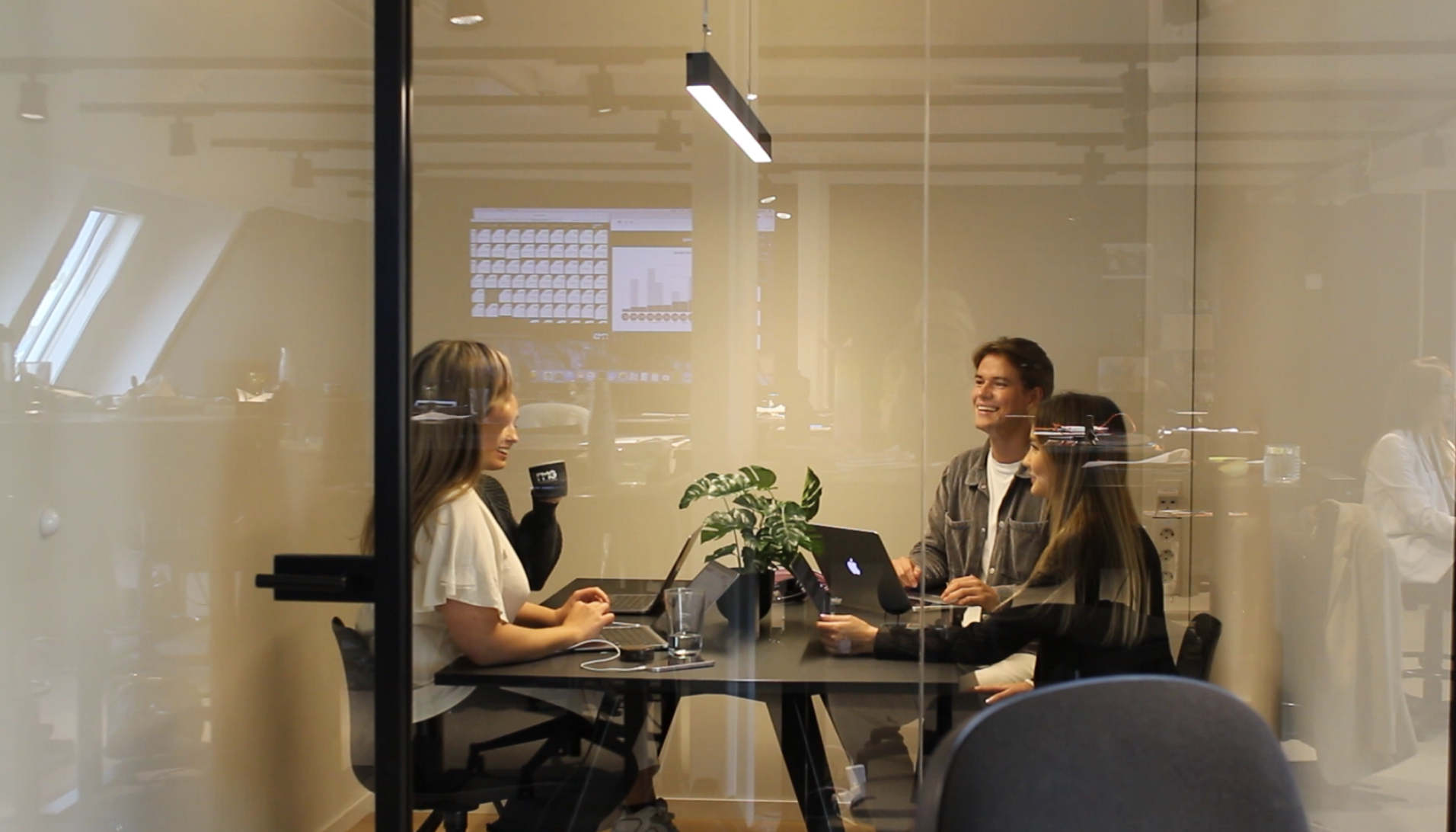According to SSB’s (Statistisk sentralbyrå, Statistics Norway) 2021 Indicators For Gender Equality In Municipalities1, the share of women among municipal county members were only 40,5 percent. The same indicators showed an average disparity between men’s and women’s salaries by over 200 000 NOK: 651 000 NOK compared to 440 400 NOK. These numbers reflect the Norweigan workplace in general – in 2022, all the 200 largest businesses in Norway had a majority of male leaders – but does this paint whole picture?
When looking at this issue from a wider perspective, numbers are actually looking up. The gender distribution is leveling out, albeit slowly. In 2019, 37 percent of Norweigan leaders were women, compared to only 32 percent in 2008. When Prime minister Jonas Gahr Støre formed his new government in October of 2021, women held 10 out of the 19 cabinet positions, and according to global consulting firm Spencer Stuart, Norwegian boards have the highest proportion of female board members in the Nordics.
So why are things progressing so slowly? And what measures can businesses take to improve these numbers? Helene Davidsen, Head of FMG Norway, ascertains that any kind of progress require conscious, dedicated effort.
“I’m convinced that traditional gender roles still play a major part in this, but there is definite progress. There’s a marked difference between the private and the public sector, with the public sector showing the way, but I believe there’ll be a considerable change these coming 5-10 years. ”
Helene Davidsen, Head of FMG Norway.
FMG Norway has resolved to be on the forefront of these efforts. One important advice Helene Davidsen shares is to consider diversity on more than one level. While hiring based on skill is a matter of course, it’s important to consciously put these issues on the agenda – for instance by investing in relevant research, talking about it in school and bringing it to the attention of business leaders.
“I generally hire leaders in-house, based on skill. Historically, this has meant hiring both men and women, but as of today, FMG Norway’s leadership consists of women across the board. Given this, hiring men is an important priority. ”
Helene Davidsen believes only having female leaders could lead to a collaborative, more permissive company culture focusing on the social aspects of leadership but emphasizes that this is not always the case.
“It’s often clear that expectations differ between male and female leaders, something I’ve experienced myself. However, being able to draw the line is not an exclusively masculine skill. Rather, it’s about being able to draw the line in your own personal way. I believe we can learn from each other in these aspects. ”
While skill will always be the main criteria for hiring, Helene Davidsen aims to hire more male leaders in the future. In the meantime, she’s actively focusing on creating a business culture where everyone – regardless of gender – can feel comfortable and welcome.
In the end, increased equality is something that increases both the top and the bottom line. It encourages innovation and progress and adds huge value to any business. Anyone who wishes to promote company growth should bring these issues up on the agenda, she concludes.
Reference:
- https://www.ssb.no/en/befolkning/likestilling/statistikk/indikatorer-for-kjonnslikestilling-i-kommunene
- https://www.statista.com/statistics/1169815/share-of-female-top-managers-in-selected-industries-in-norway/
- https://www.ssb.no/en/befolkning/artikler-og-publikasjoner/increase-in-female-leadership
- https://www.bloomberg.com/news/articles/2021-10-14/women-take-most-jobs-in-norway-cabinet-for-first-time-since-2012
- https://www.spencerstuart.com/research-and-insight/nordic-board-index/diversity


